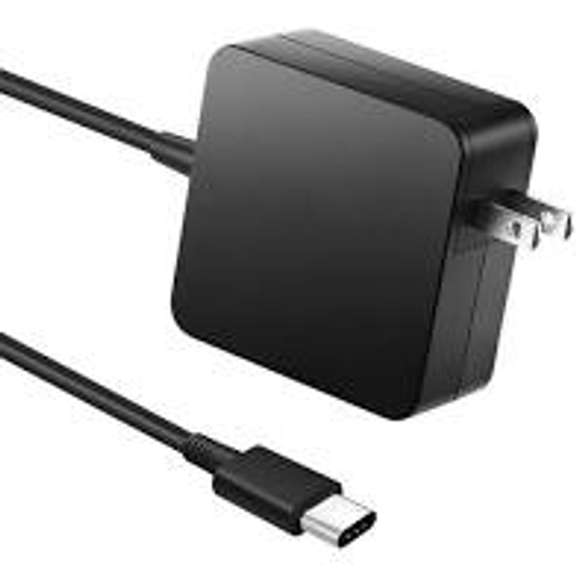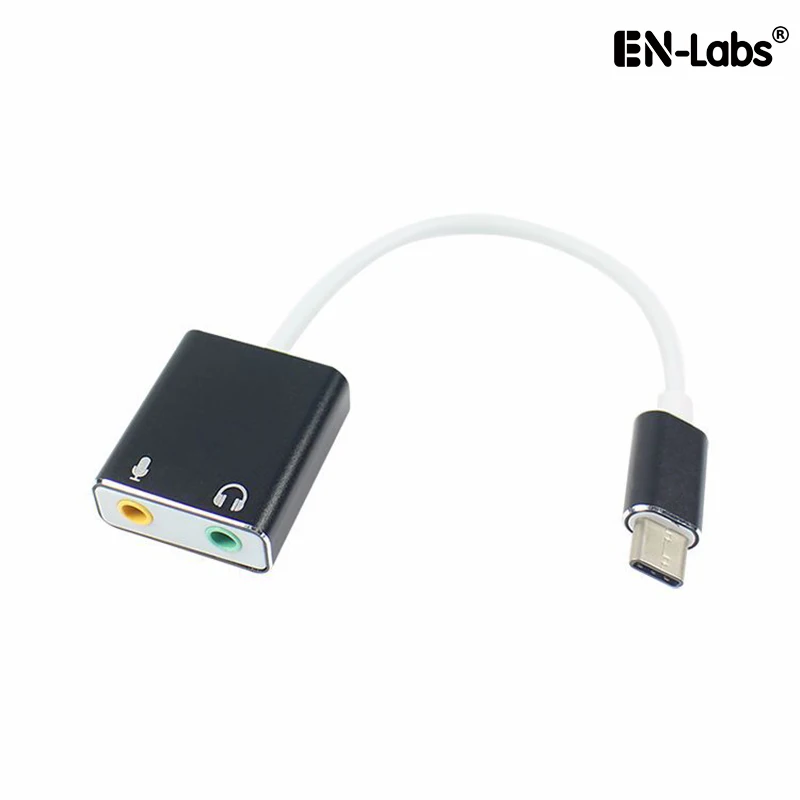

Usb c mac power chime pro#
The black screen on a MacBook Pro external monitor may be caused by simply closing your laptop. If you find that the external display doesn't turn on after you connect it, try connecting your display while your MacBook is turned off, and then switch your MacBook on. Most MacBook Pros only offer Thunderbolt/USB-C connectors for external monitors, so if you're using a monitor with a different connection, you'll need to check your adapter or dock too. It may seem obvious, but first check the power on your external monitor and then check you connections. The steps above should help you resolve a MacBook Pro black screen, but if your laptop's own screen is working but an external monitor is blank, there are other things to try. (Image credit: Arian Darvishi via Unsplash)
Usb c mac power chime how to#
How to fix a black screen on a MacBook Pro external monitor While you can non-destructively reinstall macOS without deleting files, we recommend always backing up your files and folders to an external hard drive or to the cloud in order to be prepared for this eventuality. You may want to contact Apple support before going to this resort. Reinstall MacOSĪs a very last resort you may need to reinstall MacOS, but note that this will mean effectively reverting to a new Mac. Release the keys when your MacBook starts booting up. Then, with the power still off, hold down Shift + Option + Control + the power button all together. Turn of your MacBook and unplug it for at least 15 seconds before plugging in again. Resetting the SMC is another possible quick fix to resolve a black screen on MacBook Pro. The Mac's Systems Management Controller (SMC) controls things like temperature, keyboard, display and fans. Reset System Management Controller settings Note that you may lose some of your settings by doing this, so if this does solve the issue, check you system preferences afterwards to make sure your date/time, display and disk options are correct. Immediately hold down Option + Command + P + R at the same time while the machine boots, and keep holding them down until you hear the startup chime (around 2 seconds)

To do that, power down then hit the power button again to boot up you MacBook. Sometimes they encounter issues and require resetting.

NVRAM (non-volatile random-access memory) and PRAM (Parameter RAM) are small memory partitions that store settings like volume control and display resolution. If that doesn't work, it's time to start turning to more technical solutions. After it's completely booted up, you can restart again in normal startup and see if the black screen is fixed. Sometimes you may be asked to login twice, and your computer may take a longer than usual to start while it carries out diagnostics. You should see 'Safe Boot' in the upper right corner of the window. Release the Shift key when the login window appears. Turn it on again and immediately hold down the Shift key. To boot into Safe Mode, power off and let your MacBook Pro sit for 20 seconds. This can eliminate the potential for issues with other apps and services interfering and preventing your screen from displaying correctly. MacBook Pro Safe Mode allows you to start you MacBook without other launch agents booting up. We have no idea why this works, but plenty of people have vouched for it. Wait 15 seconds and press the button to restart. Press power button once, Press 'S' (the sleep hotkey), and then hold the power button to perform a hard shut down. This isn't official from Apple, but years of MacBook lore claim that a particular key sequence can sometimes revive a non-reacting blank MacBook Pro screen. If Disk Utility finds errors and repair them, restart your MacBook again afterwards. If this does recovers your screen, it's worth running Disk Utility to check for errors. If you still see a blank screen after about 20 seconds, it's time to move on. On an Intel-chipped MacBook Pro, press and hold the power button for about 10 seconds, then press and release the power button and immediately press and hold Command + R until you see an Apple logo or other image. If the options window doesn't appeal, release the power button, and press and hold it again for another 10 seconds. You should see the startup options window, which includes a gear icon labelled Options. On an Apple-chipped MacBook Pro (M1, M1 Pro, M1 Max), press and hold the power button for about 10 seconds. Sometimes a good old-fashioned hard restart is all it takes to fix all kinds of MacBook issues. Once you're screen is back, it's worth running Disk Utility to repair any errors (Image credit: Apple / Future)


 0 kommentar(er)
0 kommentar(er)
